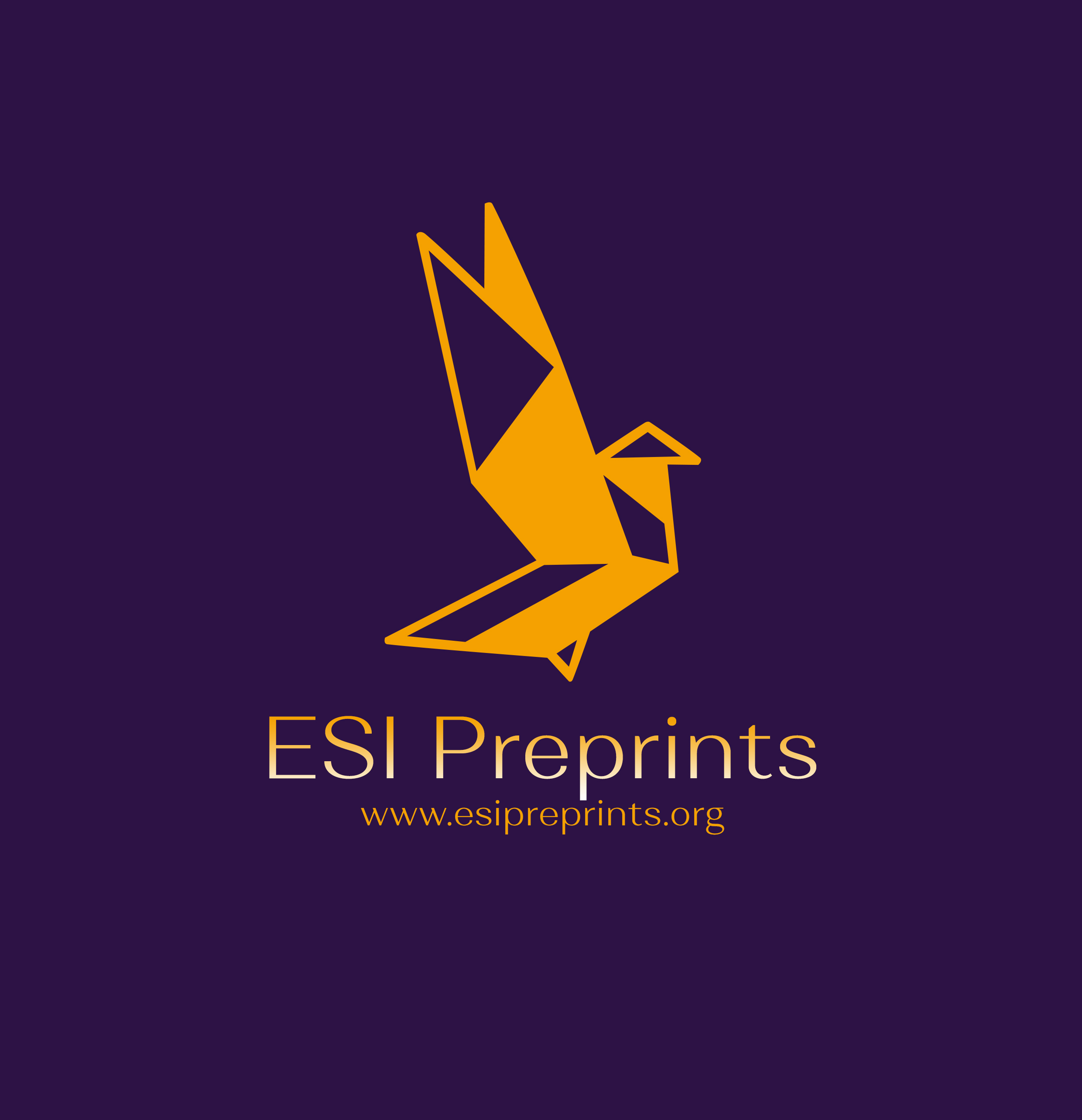The Implementation of Teaching Models and the Use of Common ICT Tools for Scientific Literacy in Greece’s Second Chance Schools
Abstract
Introduction: In recent decades, numerous studies conducted both in Greece and worldwide highlight the lack of student interest in the natural sciences, which contributes to a broader crisis in scientific literacy - including the knowledge, attitudes, and skills associated with it. Therefore, the search for appropriate teaching models, combined with the use of ICT in the educational process - particularly in the field of adult education, including Second Chance Schools (SCS) - has become a modern educational objective. Purpose: To study and statistically analyze the teaching approaches and ICT tools incorporated into their instruction by Scientific Literacy educators in Greece’s SCS, in comparison to their demographic and professional characteristics. Method: The research employed a structured questionnaire distributed via email to Scientific Literacy educators in SCS across Greece. The survey focused on three main research question groups. Using factor analysis, correlations among variables were explored, and the most significant ones were further analyzed using the chi-square test.
Results:
- 6% of SCS Scientific Literacy educators use the “collaborative teaching” model, with 55.3% of them aged 36–45 (p<0.01).
- The “experimental teaching” model is avoided by 76.3% of female educators (p<0.05), 84.6% of educators under 35 (p<0.01), and 100% of those with little or no teaching experience (0–3 years) (p<0.05).
- 4% of educators apply inquiry-based teaching; of these, 33.3% are second-subject educators (p<0.01).
- Of the 39.4% who apply collaborative learning, 55.3% are aged 36–45 (p<0.05).
- 7% of educators with minimal or no teaching experience do not use project-based learning (p<0.05).
- 5% of educators use computers daily, with 56.3% being second-subject educators.
- 1% do not use interactive whiteboards, 72.7% of whom are physicists, chemists, or second-subject educators (p<0.05).
- 8% frequently use the Internet, and 38.1% of those who frequently use educational software apply differentiated instruction (p<0.05).
- 7% use ICT tools primarily for lesson demonstrations. Of the 47.0% who use ICT to support traditional teaching, 67.7% apply the “traditional teaching” model (p<0.01).
- 3% of the 34.8% who use experimental teaching use ICT tools for simulation experiments (p<0.01).
Conclusion: The majority of Scientific Literacy educators in Greece’s SCS do not prefer experimental teaching and mainly use ICT tools for demonstration purposes.
Downloads
Metrics
References
2. Frey, K. (1998). The Project Method. Thessaloniki: Kyriakidis Publications.
3. Ganiel, U., & Hofstein, A. (1982). Objective and continuous assessment of students’ performance in the physics laboratory. Science Education, 66(4), 581–591.
4. Hodson, D. (1993). Re-thinking old ways: Towards a more critical approach to practical work in school science. Studies in Science Education, 22, 85–142.
5. Kariotoglou, P. (2006). Pedagogical Content Knowledge in Science Education. Thessaloniki: Graphima.
6. Katerelos, I. (1999). Theory and Practice in the Educational Relationship. Athens: Hellenika Grammata.
7. Komis, V. (2004). Introduction to the Educational Applications of ICT. Athens: Nees Technologies.
8. Komis, V. (2005). Introduction to the Didactics of Informatics. Athens: Kleidarithmos.
9. Koumaras, P. (1998). Teaching of the Natural Sciences I. Thessaloniki: Aristotle University of Thessaloniki – Department of Primary Education.
10. Meleisea, E. (2007). The UNESCO ICT in Education Program. Bangkok: UNESCO.
11. Mikropoulos, T. A. (2003). ICT in the teaching of natural sciences: Critical analysis and proposals. In E. Tsitopoulou, C. Chaletsos & P. Filntisis (Eds.), Proceedings of the 8th Joint Conference of Greek and Cypriot Physicists: Perspectives, Developments and Teaching of Natural Sciences, Vol. A, Athens: Hellenic Physical Society, 22–28.
12. Patapis, S. (1993). Methodology of Physics Teaching. Athens: Symmetria.
13. Solomonidou, C. (1999). Educational Technology: Media, Materials, and Didactic Use. Athens: Kastaniotis.
14. Tobin, K., Tippins, D. J., & Gallard, A. J. (1994). Research on instructional strategies for teaching science. In D. L. Gabel (Ed.), Handbook of Research on Science Teaching and Learning. New York: Macmillan Publishing.
15. Tzimogiannis, A. (2002). Preparing the school for the Information Society: Towards an integrated model for ICT integration in the Greek educational system. Modern Education: Quarterly Journal of Educational Issues, (122), 55–65.
16. Willis, S., & Mann, L. (2000). Differentiating instruction: Finding manageable ways to meet individual needs. Retrieved from ASCD Curriculum Update:
http://www.ascd.org/publications/curriculumupdate/winter2000/Differentiatin
17. Xepalti, C., Sergounioti, P., & Koulianou, M. (2011). The reflective process during SCS student attendance through the use of diaries and ICT tools. In Proceedings of the 2nd Scientific Conference under the auspices of the ASPAITE Administrative Committee, December 16–17, 2011.
18. Zepke, N., & Leach, L. (2006). Improving learner outcomes in lifelong education: Formal pedagogics in non-formal learning contexts? International Journal of Lifelong Education, 25(5), 507–518.
19. Chalkia, K. (2012). Teaching the Natural Sciences: Theoretical Issues, Reflections, Proposals. Athens: Patakis.
Copyright (c) 2025 Vasiliki Trapali, Effie Papageorgiou, Christina Fountzoula, Petros Karkalousos, Maria Trapali

This work is licensed under a Creative Commons Attribution 4.0 International License.








